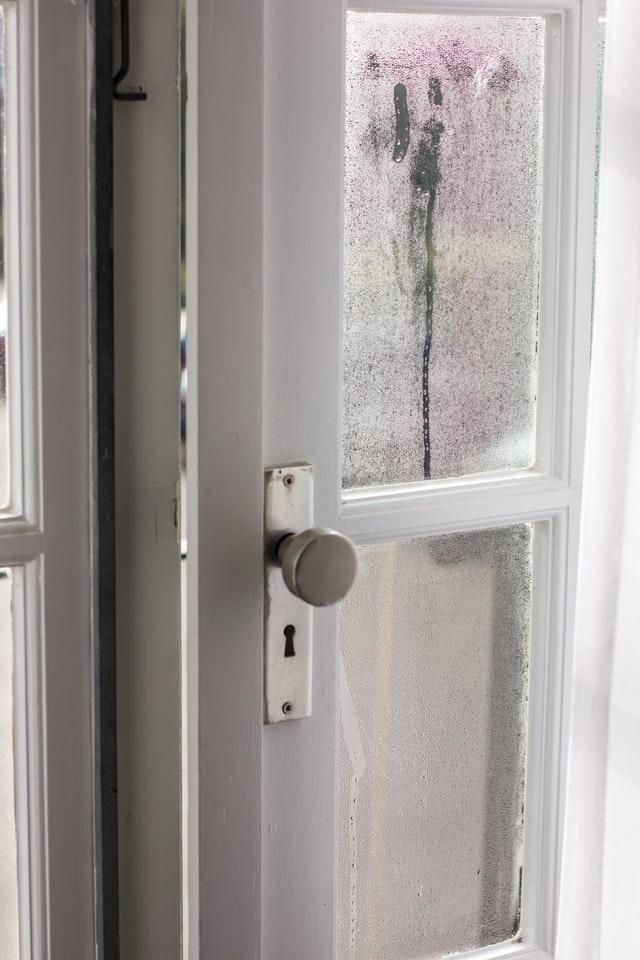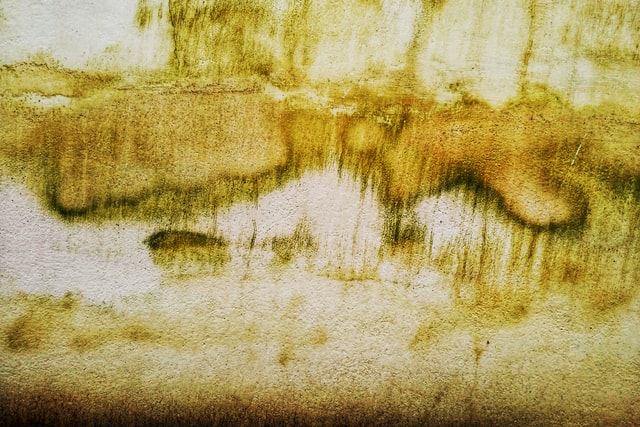During the winter months, the risk of moisture problems is greatest in the wind. Therefore, you should keep a little extra eye on it during the winter. The risk of problems in the attic is related to the outdoor climate. A wind that has never had high moisture levels can therefore quite suddenly have problems.
Contents
Where does the moisture come from?
There are many sources of moisture in the attic:
Moisture from the living area
Moisture in the attic comes mainly from the living space. If it is not tight between the living area and the attic, hot and humid air from the living area can rise in the attic, where the air cools down and condensation forms. This is especially true if the home’s ventilation works poorly, as an overpressure in the living space can push up the air in the attic.

Moisture through ventilation
During the winter, there is usually very high humidity throughout the country, and ventilation in the attic can therefore also give high humidity levels. At the same time, the climate has become increasingly humid and this has led to moist air being ventilated to a greater extent in the attic during other seasons as well. Problems arise especially if the house is in the shade and the roof is therefore not heated, as the heat protects against moisture. Mild winters with slightly higher temperatures create extra favorable conditions for mold and rot, which thrive in slightly higher temperatures
Moisture through leaks
Roofs have a limited lifespan and need to be maintained. An older roof can leak, so that water flows into the attic. There may also be leaks around the chimney and any windows. In addition, snow and rain in windy weather can get in through the wind ventilation
Barley moisture
Another source of moisture in the attic is building moisture, which has remained in the materials in the attic since the house was built.
The night radiation aggravates the situation
During starry nights, something called night radiation occurs. Heat then radiates from surfaces facing the sky. The surface temperature will then be lower than that of the surroundings. When the roof cools down further, the moisture content rises and condensation can form on the inside of the roof
Conditions for mold and rot
High humidity levels always pose a risk of mold and rot. Mold poses a health risk and rot damages house construction. The fact that the moisture problem has arisen due to overpressure in the house does not necessarily mean that the air cannot go the other way and bring harmful mold toxins into the living space. A house with poor ventilation can have varying pressure conditions.
Fixing mold and rot can be costly, but the earlier you act, the cheaper it will be. Therefore, it is important to check the wind at regular intervals, so that problems are detected early.
How do I know if I have moisture in the attic?
Check the following:
. The attic is insulated (as thick as the floor) and tight. Any discoloration indicates that this is not the case.
. Any windows in the attic are tight and closed.
. That you do not see any moisture on the surfaces of the attic.
. That you do not experience the smell of mold.
. Pipes in the attic are tight and insulated. And that pipes do not end in the attic.
. That the roof is tight and insulated. Any discoloration and water indicate that the roof is leaking.
. It is tight around the chimney and that the sheet metal hood outdoors is fixed.
. The roof is tight. Look for broken tiles or cracks.
Unfortunately, high humidity levels are not visible to the naked eye. It is only when problems have arisen that they are visible. To find out if your wind is in the danger zone, it is best to order a moisture measurement, to get better information about the situation.
What do I do if I have a problem?
. Mold and rot must be cleaned up. – See decontamination of mold and rot
. A dehumidifier helps you keep the moisture level down so that the risk of mold and rot is eliminated. Can be used after decontamination to prevent problems from occurring again or to protect a high-risk wind. – See dehumidifier
. If the moisture comes through leaks, these should be sealed. The roof may need to be repaired or replaced.
. The ventilation in the living area can be a risk of moisture improved so that the moist air is no longer forced up into the attic. For example, mechanical ventilation in wet rooms can help a lot.







